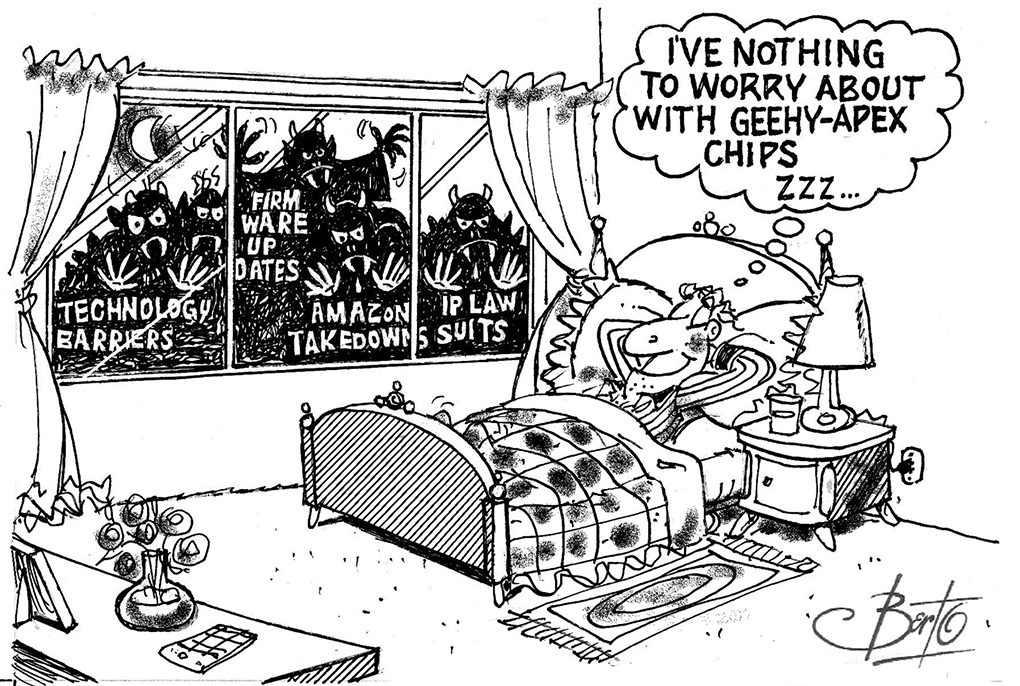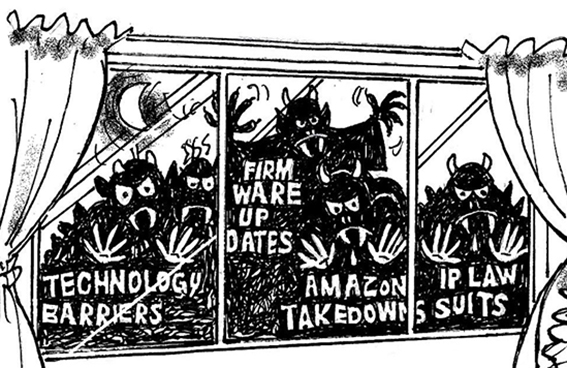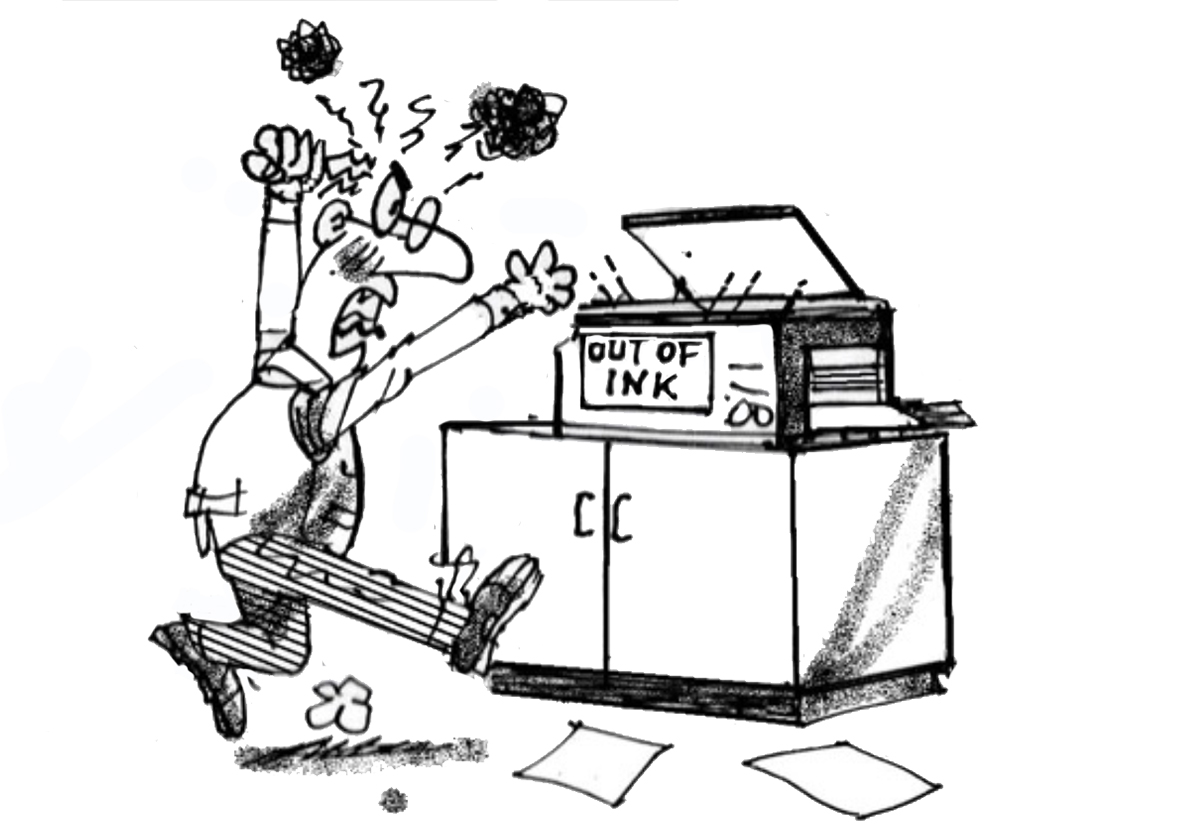Berto Sleeps Through OEM Monster Strategies
Berto Sleeps Through OEM Monster Strategies

Printer manufacturers use various strategies to lock out third-party suppliers of printer cartridges, some of which are:
- Using microchips: Printer manufacturers use microchips to communicate with their printers, and these chips are designed to identify and authenticate the cartridges. The chips also store information about the cartridge’s ink level, page count, and other details, making it difficult for third-party manufacturers to produce compatible cartridges.
- Copyright infringement: Some printer manufacturers claim that third-party cartridges infringe on their copyrights, as the cartridges may contain proprietary technology or designs. They may also claim that the use of non-OEM cartridges may void the printer’s warranty, which can deter users from buying third-party cartridges.
- Firmware updates: Printer manufacturers may release firmware updates that prevent the use of third-party cartridges, or limit their functionality. These updates may be installed automatically or prompted to users during the normal use of the printer, making it difficult for users to avoid them.
- Legal action: Some printer manufacturers may resort to legal action to prevent the sale of third-party cartridges. This can include filing lawsuits against manufacturers, distributors, and retailers of non-OEM cartridges, or lobbying for legislation restricting the sale of these products.
Overall, printer manufacturers use a range of strategies to lock out third-party suppliers of printer cartridges, in order to maintain control over the market and generate revenue from the sale of their own products.
Microchips
The use of microchips in printer cartridges is primarily aimed at controlling the market and generating revenue for printer manufacturers. The microchips in the cartridges are designed to communicate with the printer and provide information about the cartridge’s ink level, page count, and other details.
By using microchips in their printer cartridges, manufacturers can control which cartridges can be used with their printers. They can also prevent users from refilling or using third-party cartridges. This allows the manufacturers to maintain control over the entire supply chain, from the production of the printer to the sale of the cartridges, which can generate significant profits for them.
Overall, the use of microchips in printer cartridges is a way for manufacturers to maintain control over their market and generate revenue by creating a more sophisticated and personalized printing experience for their users.
Berto has taken the opportunity this month to poke some fun over chips used in printer cartridges, reflecting that if third-party manufacturers and remanufactured want to grow their market share, they will need a good source of supply from companies like China-based Geehy (formerly known as Apex).
 Cartoon #107: Berto Sleeps Through OEM Monster Strategies
Cartoon #107: Berto Sleeps Through OEM Monster Strategies
Berto’s previous cartoon #106: Cartridges Cost Me Thousands – Berto
Who is Berto? And where can you see more of his work? Click here.













Leave a Comment
Want to join the discussion?Feel free to contribute!